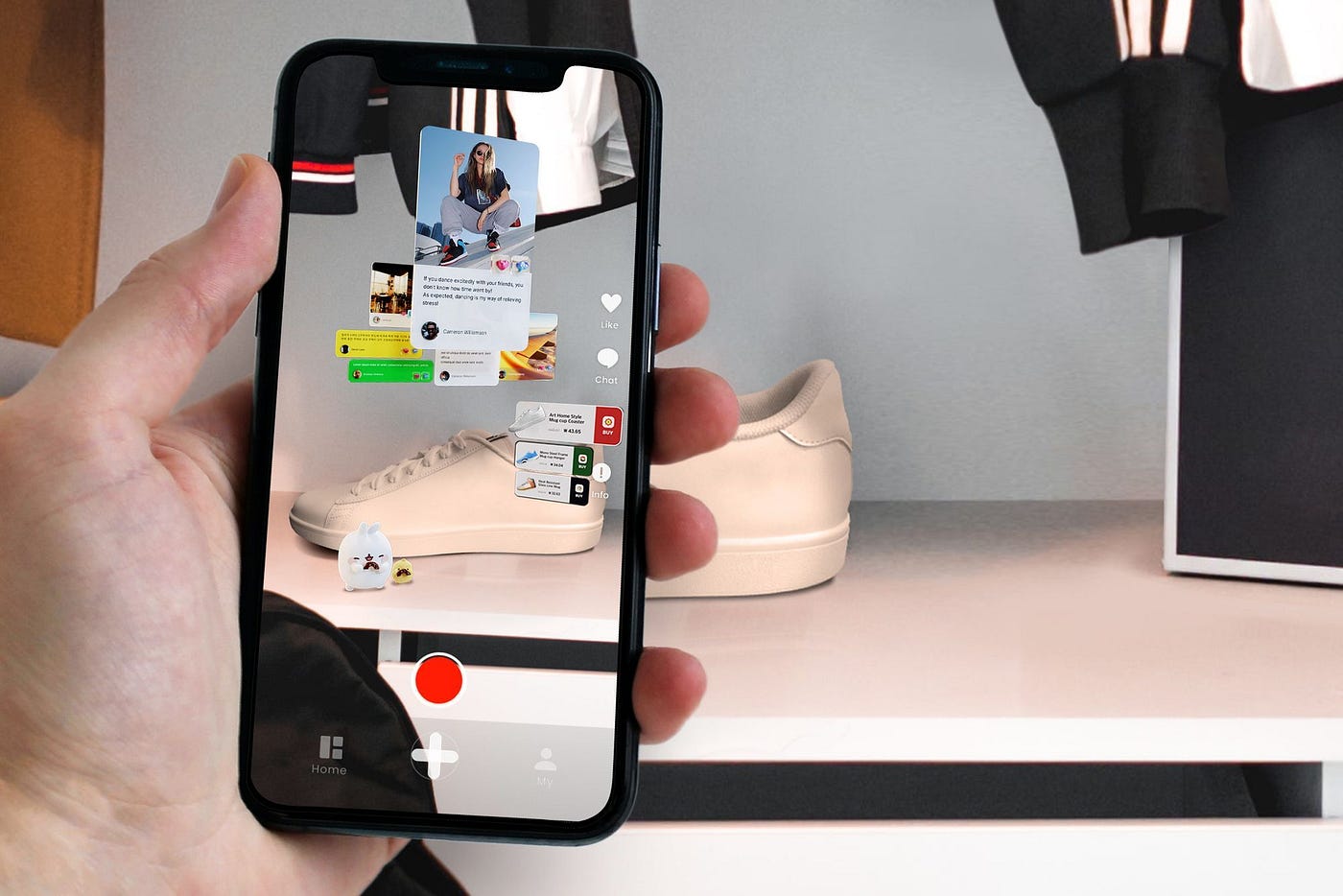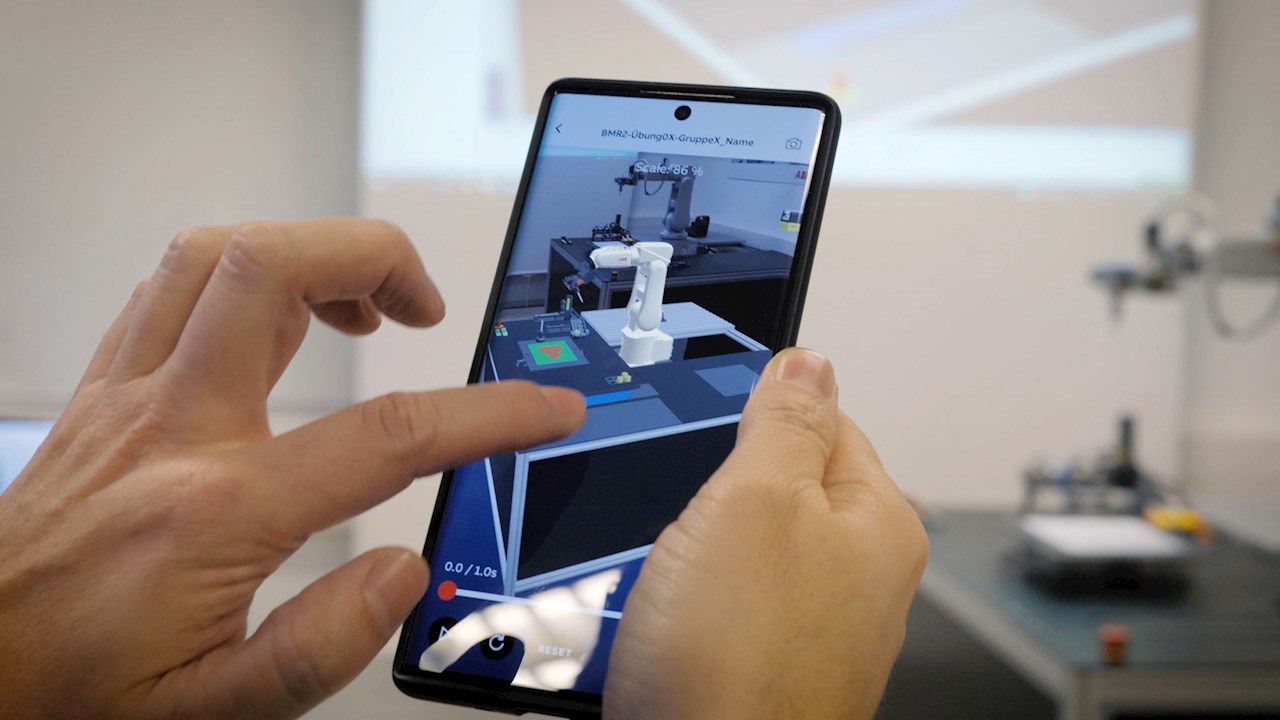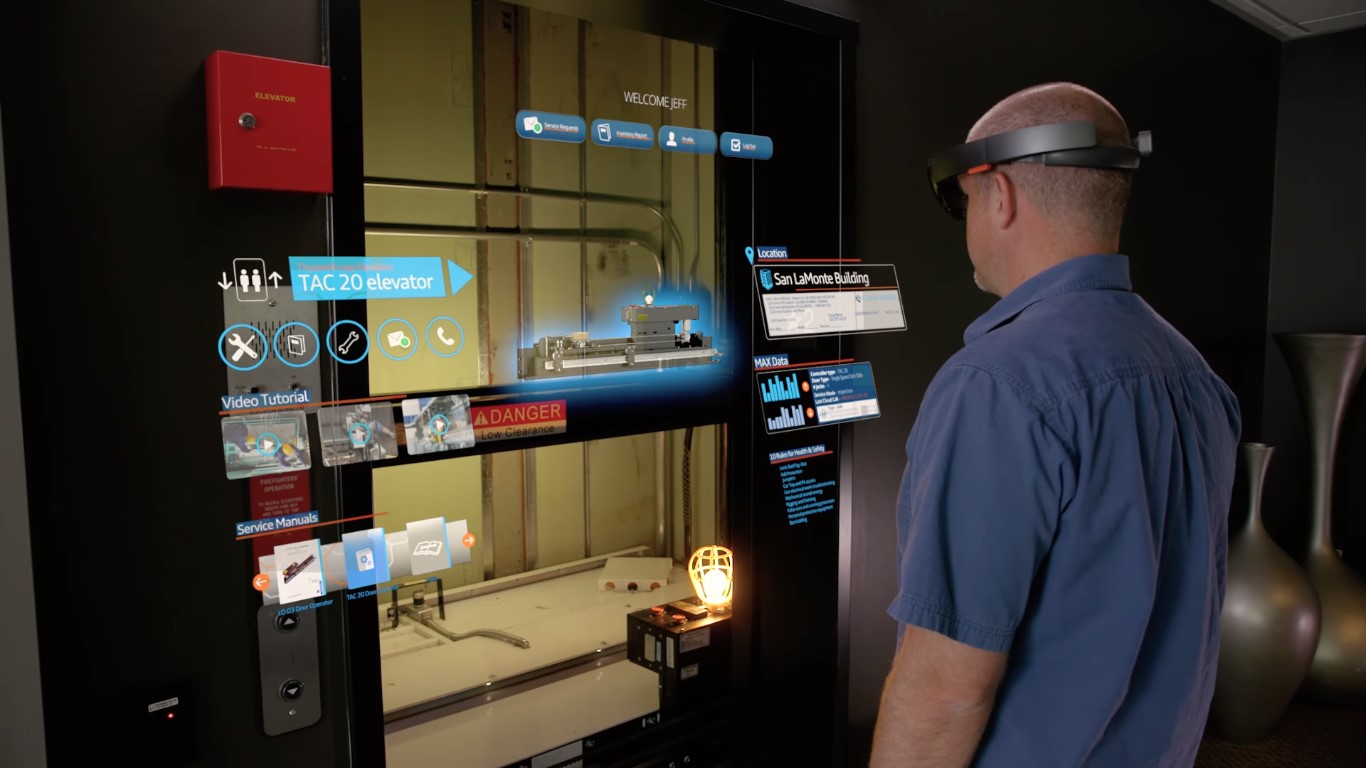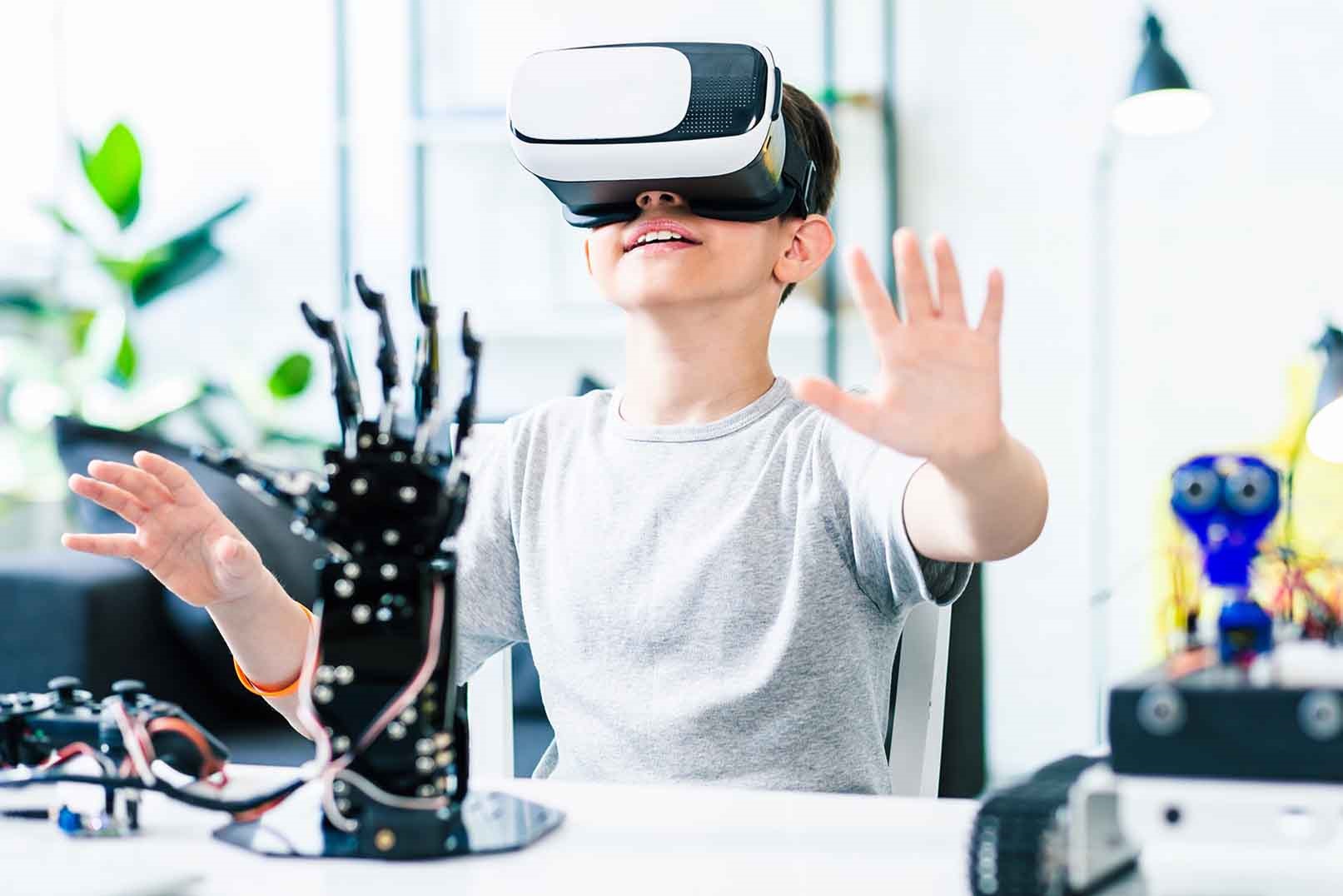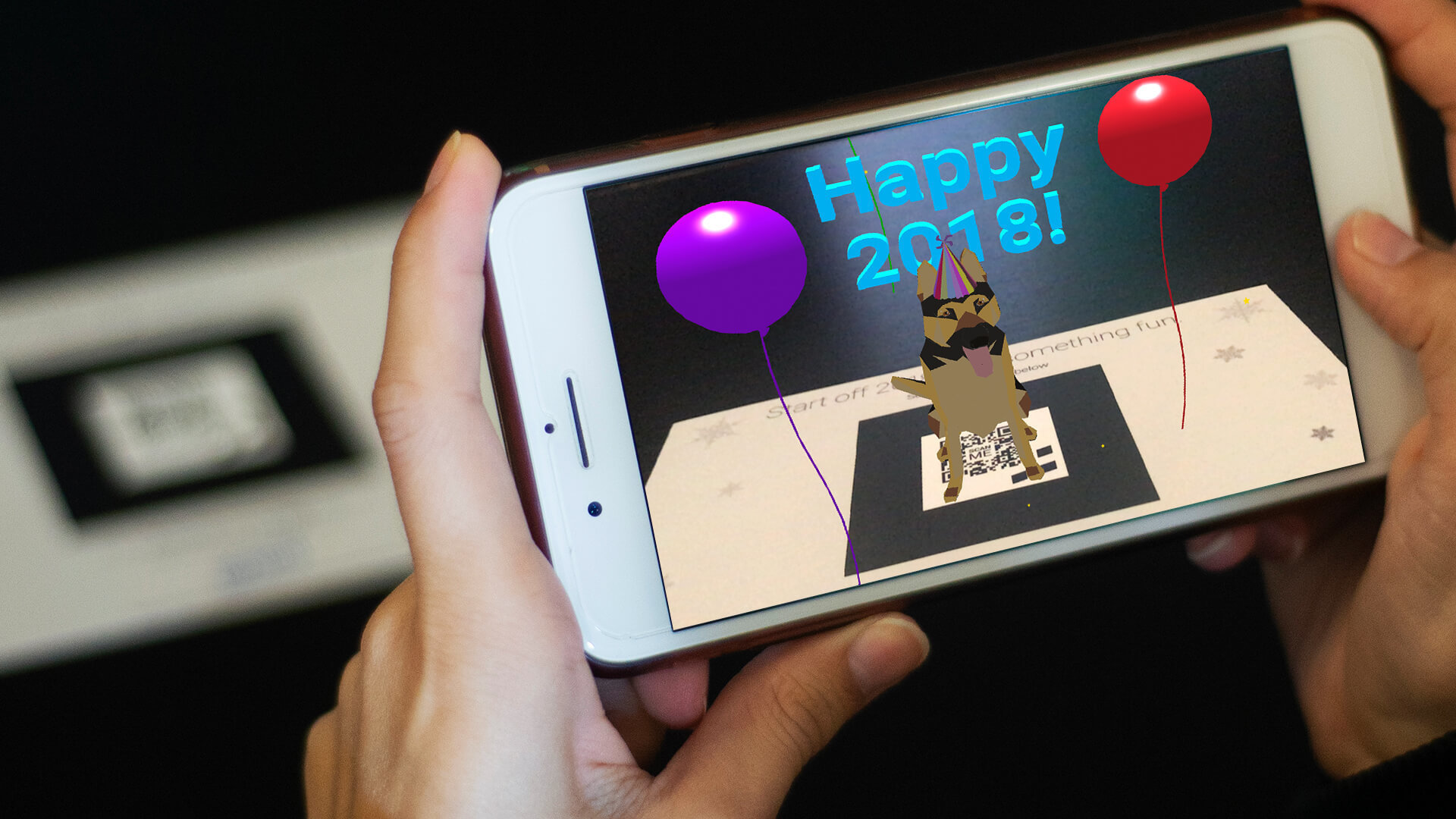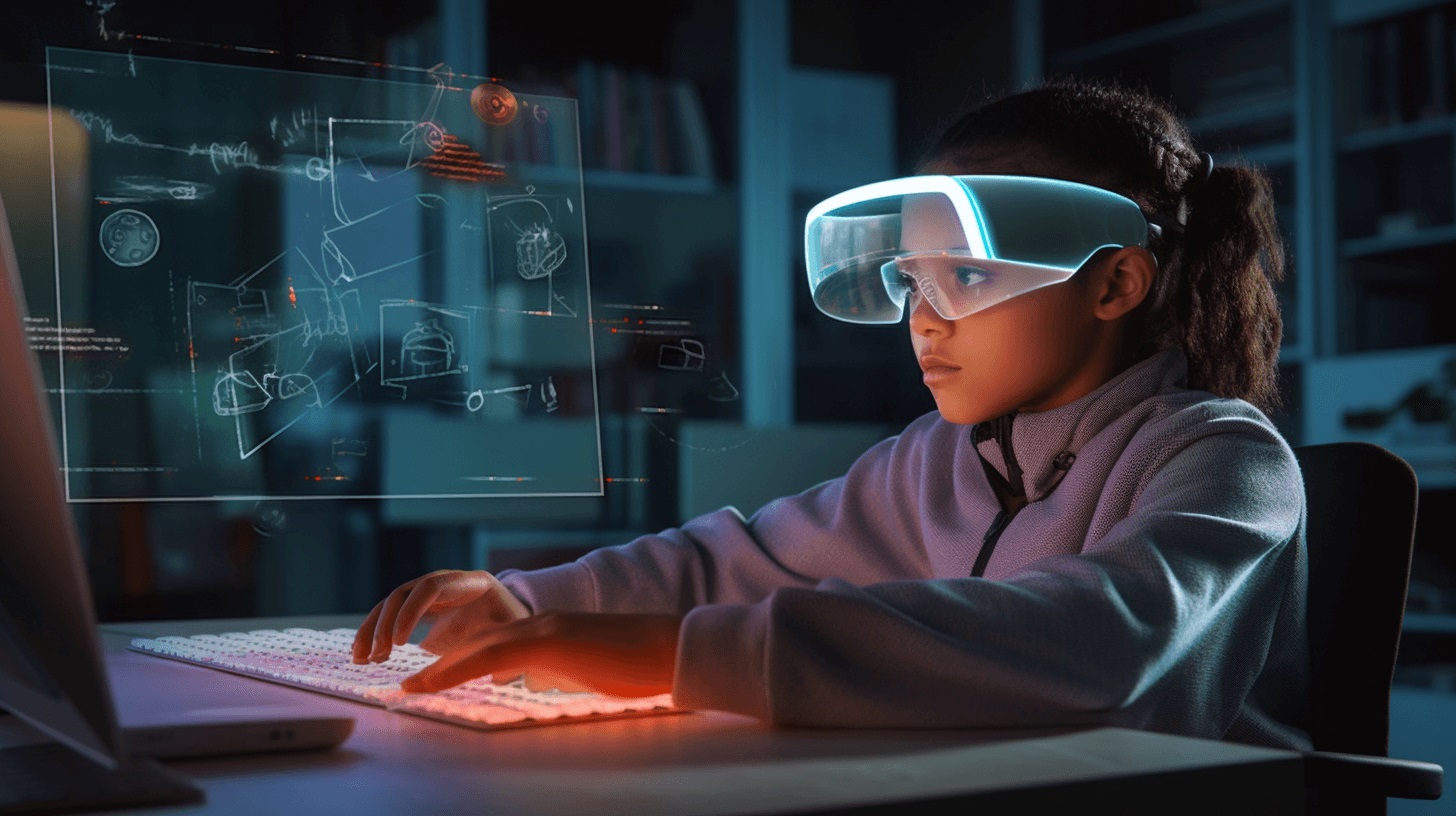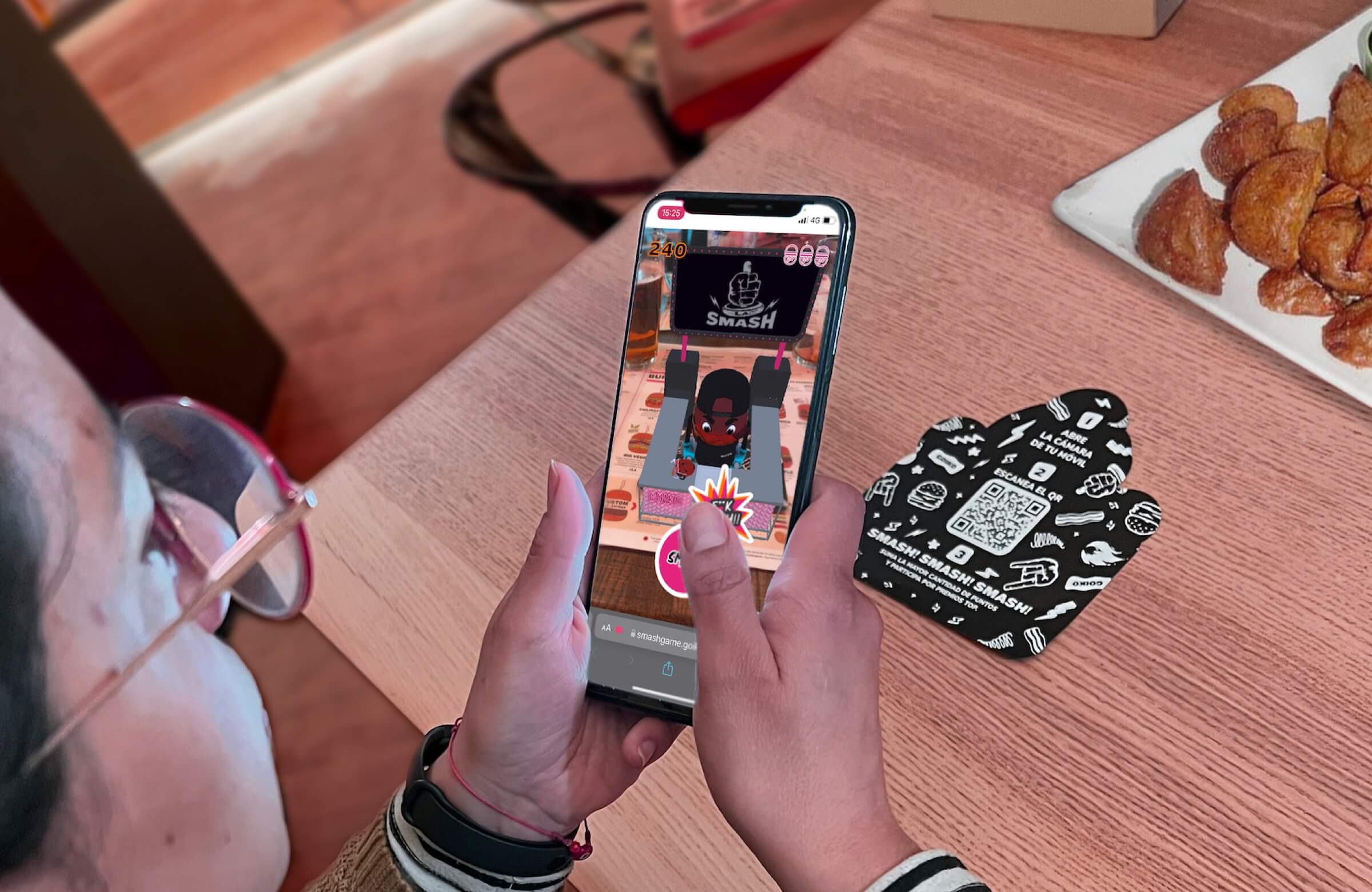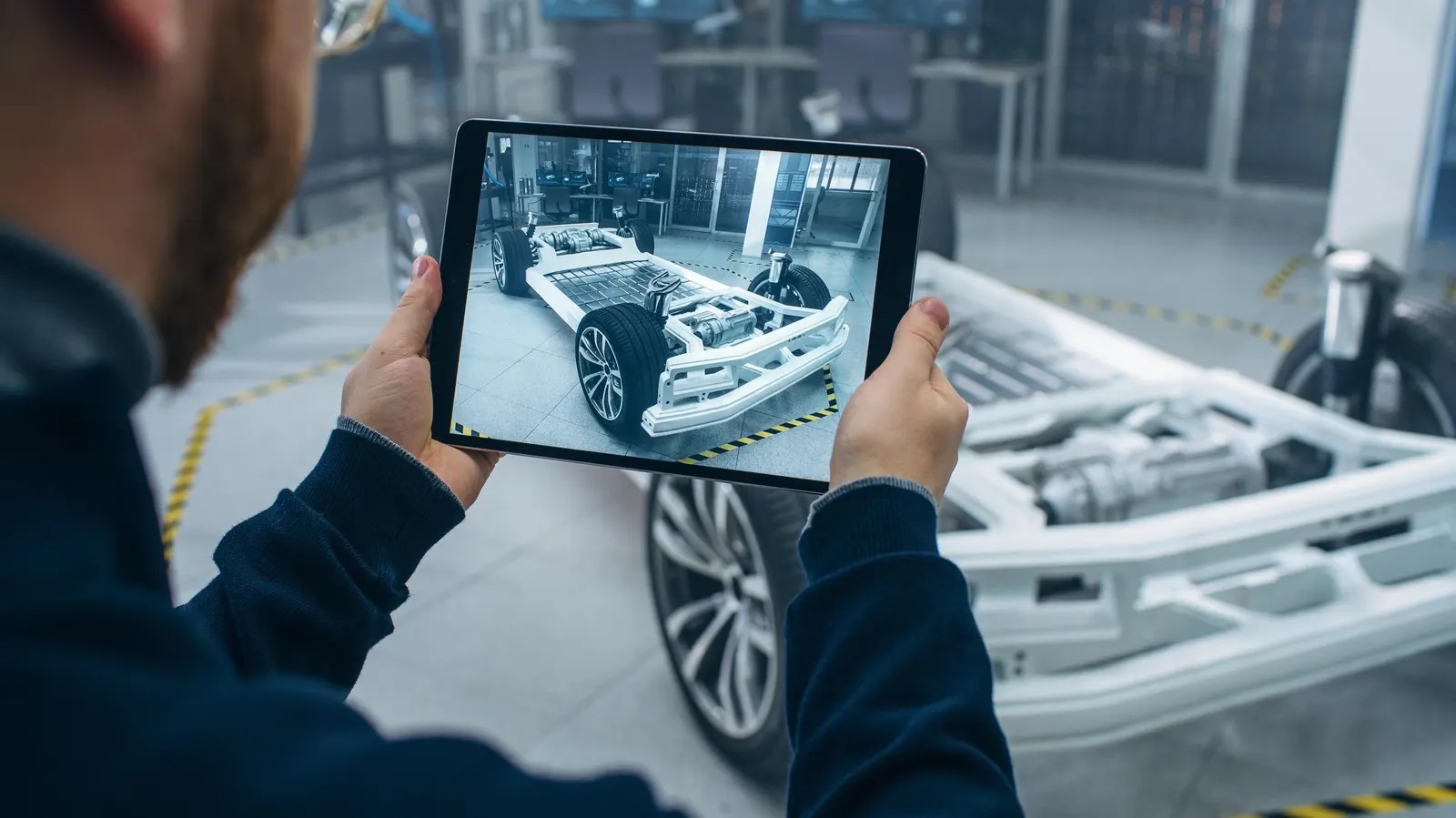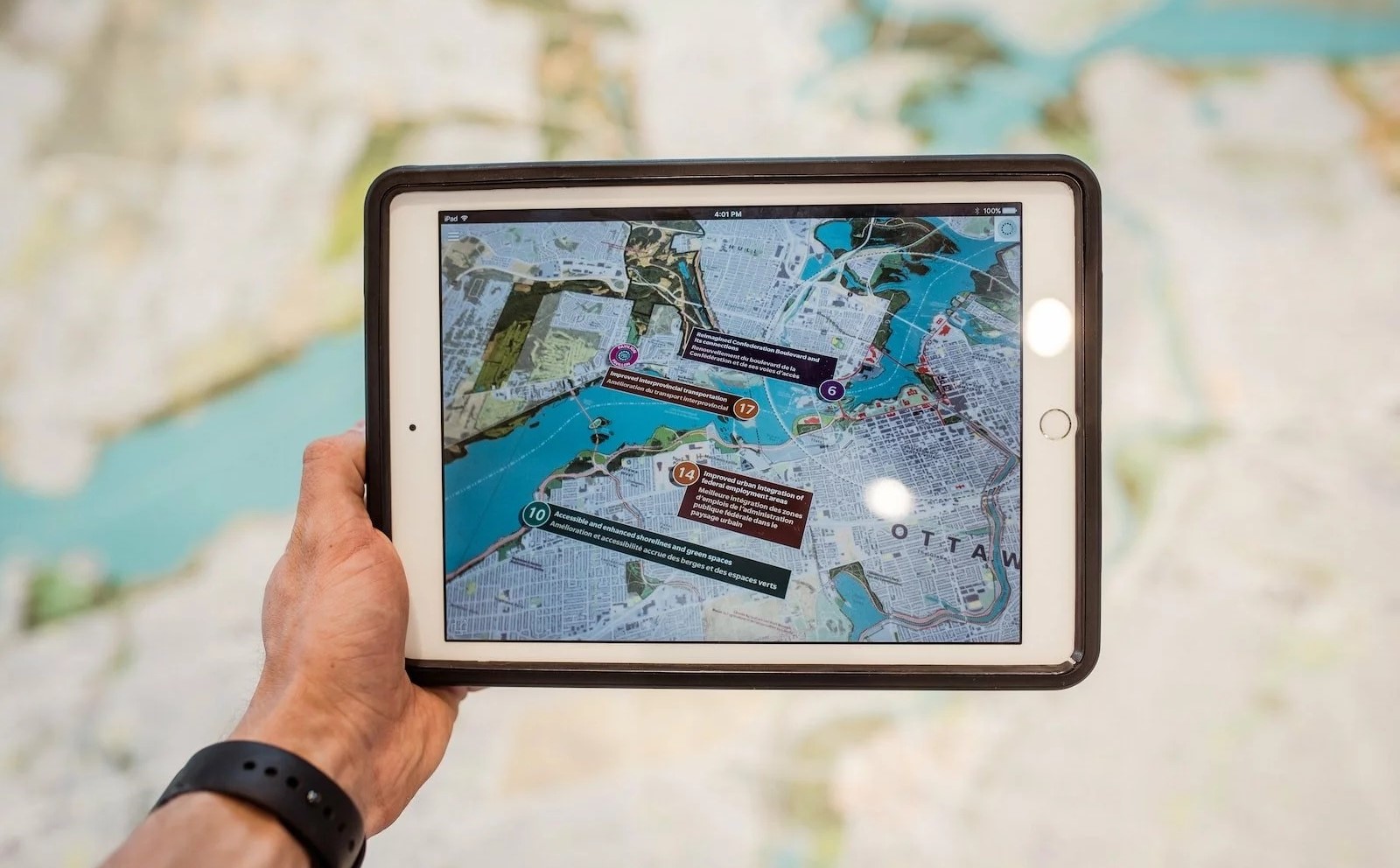Home>Latest News>Technology Trends>The Fusion of VR and Augmented Reality
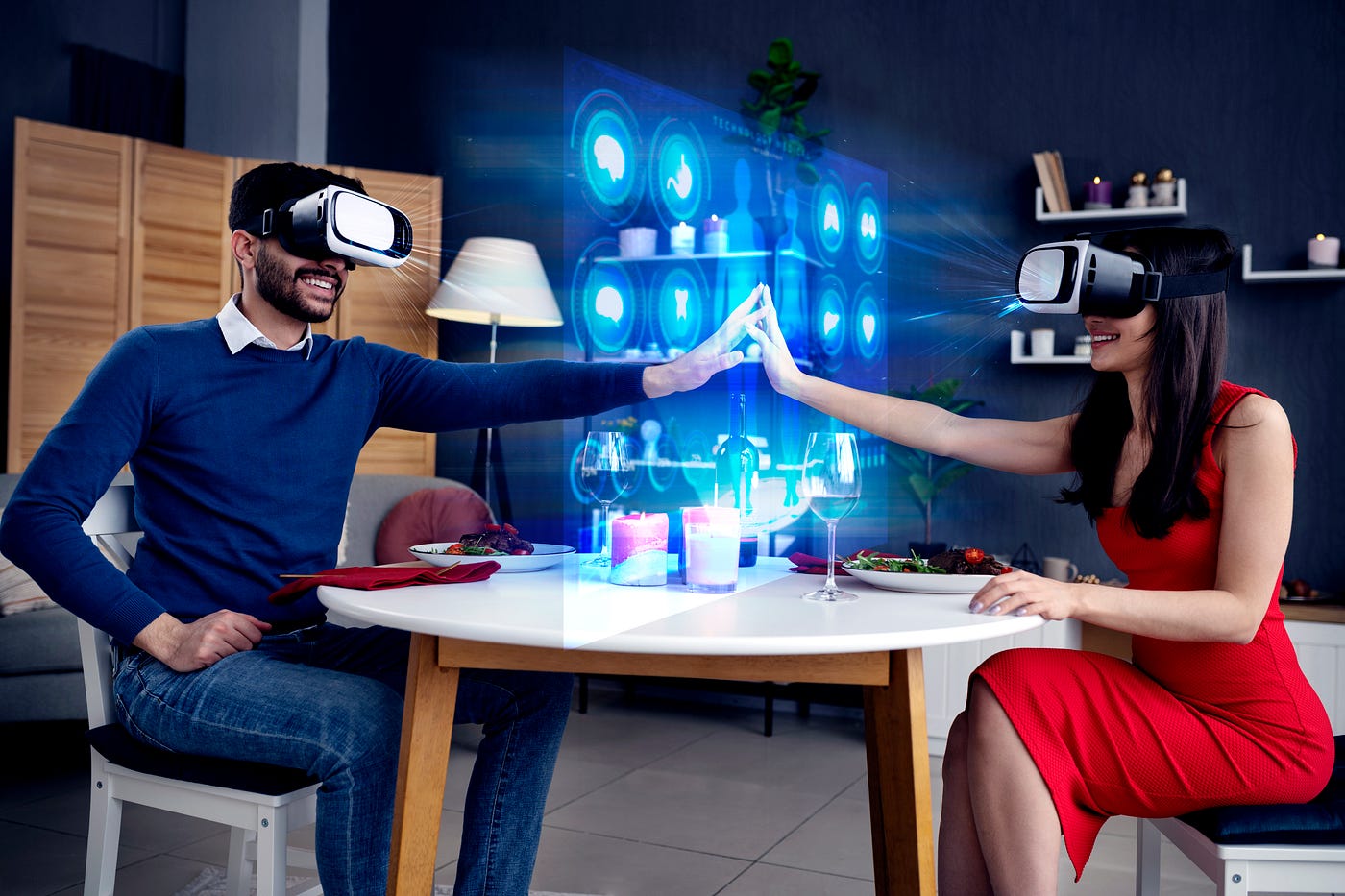

Technology Trends
The Fusion of VR and Augmented Reality
Modified: September 5, 2024
Discover the latest technology trends with the fusion of VR and augmented reality. Stay ahead of the curve with this innovative tech combination.
(Many of the links in this article redirect to a specific reviewed product. Your purchase of these products through affiliate links helps to generate commission for Techsplurge.com, at no extra cost. Learn more)
Table of Contents
Introduction
In the rapidly evolving landscape of technology, Virtual Reality (VR) and Augmented Reality (AR) have emerged as two of the most promising innovations. While VR immerses users in entirely digital environments, AR enhances the real world by overlaying digital information onto it. The fusion of these two technologies has the potential to transform various industries, from entertainment and education to healthcare and manufacturing. This article explores the history, principles, applications, and future prospects of the convergence of VR and AR.
Historical Context
Virtual Reality (VR)
- 1960s: Morton Heilig developed the Sensorama, a device simulating a motorcycle ride experience.
- 1968: Ivan Sutherland created the first head-mounted display (HMD), allowing users to see virtual objects in 3D space.
- 1980s: VR began gaining significant attention.
- 1990s: Consumer-grade VR devices like the Nintendo Virtual Boy and Sega VR headset emerged.
- Recent advancements: VR moved beyond gaming and niche applications.
Augmented Reality (AR)
- 1960s: Ivan Sutherland explored the concept of augmented reality.
- 1990: Tom Caudell coined the term "Augmented Reality."
- 1992: Boeing developed the first AR application to assist in aircraft assembly.
- Early 2000s: Introduction of AR glasses and mobile apps overlaying digital information onto the real world.
Principles of VR and AR
Read more: The Advantages of Augmented Reality
Virtual Reality
VR involves creating a completely artificial environment that users can interact with. This is achieved through various technologies:
- Head-Mounted Displays (HMDs): Provide a 360-degree view of the virtual environment.
- Tracking Systems: Use sensors and cameras to track head movements.
- Controllers: Range from simple hand controllers to haptic gloves providing tactile feedback.
- Content Creation: Requires sophisticated software and hardware for seamless rendering and interaction.
Augmented Reality
AR enhances the real world by overlaying digital information onto it. This is achieved through:
- Smart Glasses and Headsets: Devices like Google Glass and Microsoft HoloLens provide see-through displays.
- Mobile Apps: Use AR to provide interactive experiences, such as Pokémon Go.
- Marker-Based Systems: Use markers or QR codes to trigger AR experiences.
- Markerless Systems: Use machine learning algorithms to detect objects and environments.
The Fusion of VR and AR
The integration of VR and AR technologies is often referred to as Mixed Reality (MR). MR combines the immersive nature of VR with the interactive, real-world enhancements of AR. This fusion has several key benefits:
- Enhanced Interactivity: Allows users to interact with both virtual and real-world objects naturally.
- Increased Realism: Blending digital information with real-world environments creates more realistic experiences.
- Broader Applications: Versatility makes MR applicable across various industries, from education and healthcare to entertainment and manufacturing.
Applications of VR and AR
Read more: Augmented Reality Business Card
Education
Both VR and AR have transformed the education sector by providing interactive and immersive learning experiences.
- Virtual Field Trips: VR allows students to explore historical sites, museums, and other places that might be difficult or expensive to visit in person.
- Interactive Textbooks: AR can turn textbooks into interactive, 3D models that help students visualize complex concepts.
- Simulations: Both VR and AR can be used to create realistic simulations for teaching complex subjects like physics, chemistry, and biology.
Healthcare
In healthcare, VR and AR are being used in various ways:
- Therapy: VR helps patients overcome phobias and anxieties by gradually exposing them to the feared object or situation in a controlled environment.
- Surgery Training: AR provides surgeons with real-time, 3D visualizations of the patient’s anatomy during procedures.
- Patient Education: Both VR and AR can educate patients about their conditions, treatments, and post-operative care in an engaging and interactive manner.
Entertainment
The entertainment industry has seen significant advancements with the integration of VR and AR.
- Gaming: VR gaming provides an immersive experience, allowing players to feel as though they are part of the game world. AR gaming enhances the real-world environment with digital elements.
- Movies and TV Shows: AR can create interactive experiences for viewers, such as virtual try-on for fashion shows or interactive storylines for TV series.
Manufacturing
In manufacturing, VR and AR are used to improve efficiency and reduce costs.
- Design Prototyping: VR allows designers to create and test prototypes in a virtual environment, reducing the need for physical prototypes and saving time.
- Assembly Instructions: AR provides step-by-step assembly instructions that guide workers through complex tasks, reducing errors and improving productivity.
Future Prospects
Advancements in Hardware
- Improved Resolution: Higher resolution displays will provide more detailed and realistic experiences.
- Lightweight Headsets: Advances in materials science will lead to lighter, more comfortable headsets that can be worn for extended periods.
- Advanced Tracking Systems: More accurate tracking systems will enhance the overall experience by providing smoother and more natural interactions.
Software Development
- AI Integration: The integration of AI will enable more sophisticated interactions, such as natural language processing and machine learning algorithms that can adapt to user behavior.
- Content Creation Tools: User-friendly content creation tools will democratize the creation of VR and AR experiences, allowing more people to develop their own applications.
Ethical Considerations
As VR and AR become more prevalent, ethical considerations become increasingly important:
- Privacy: The use of personal data in VR and AR applications raises concerns about privacy. Developers must ensure that user data is handled responsibly.
- Accessibility: Ensuring that VR and AR experiences are accessible to everyone, regardless of their abilities, is crucial for inclusivity.
Final Thoughts
The fusion of VR and AR represents a significant milestone in the evolution of technology. By combining the immersive nature of VR with the interactive enhancements of AR, we can create experiences that are not only engaging but also practical and useful. Addressing the challenges and opportunities presented by this convergence will ensure that these technologies are developed and used responsibly. The future of VR and AR holds immense potential, and it is exciting to think about the innovations that will emerge as we continue to push the boundaries of what is possible.

